The Season of FEST 15
An Overview of the Season
For the past eight years, we had been developing a tube frame, and over those years, it had been fine-tuned to near-perfection. The best balance between body stiffness and weight had been achieved. So we were looking for new challenges and ways to further develop ourselves and our formula car. Moving to a carbon monocoque seemed like a logical step. Carbon fiber offered an opportunity to reduce the weight of the car while increasing the rigidity of the body. The first “must-have” upgrade for FEST15 had been decided. Based on the information and knowledge gathered in previous years, we knew that designing and manufacturing a monocoque was extremely difficult, but we were hopeful that we were capable of it and that Estonia’s first carbon monocoque would be manufactured on time.
But why make life difficult when you can make it very difficult? Over the previous two seasons, we had built a rear-wheel-drive formula car with a single electric motor, so we had already accumulated quite a bit of experience and knowledge about this type of solution. Looking ahead to the upcoming season, it would have been logical to stick to the old solution in addition to the new concept body, and therefore we could be certain in at least one area. But we decided otherwise. As soon as we found out that we had an opportunity to use motors specifically produced for student formula cars in collaboration with a German electric motor manufacturer, the decision was made. It was an offer we couldn’t refuse. Rear-wheel drive and one electric motor were a thing of the past. All-wheel drive and four electric hub motors became a reality.
We didn’t know how we were going to handle all of this, but we were very hopeful. We quickly started assembling a new team to achieve our goals. As there were numerous tasks and innovations to be made, we put together the largest FS Team Tallinn team in history. With many bright faces and bright minds, the design of the new formula car began in full force. The first few months of the season were spent mainly designing on computers and testing prototype bodies in laboratories. All vital components and solutions had to be validated to ensure the car’s durability on the track. Once the car was created in virtual form, it was time for the real production and assembly of the details. As expected, due to the new solutions, the entire process was delayed, and the final phase of the car assembly became very tense. For some, it meant essentially moving into the team’s garage.
The first race of the season took place in Spain. We did the final test in Tallinn at three o’clock in the morning and everything worked perfectly. The car accelerated, braked, and turned exactly as we had planned. The team started the journey to Spain in a positive mood. When we finally arrived in Spain after a long trip, unloaded FEST15 and prepared for technical inspection, we faced our first major setback – the electronic systems of the car, which had been running smoothly just two days earlier in Estonia, had been damaged during transportation. The electronics team worked hard to get the car working again. During the first three days of the race, we only slept for a total of six hours. Unfortunately, it turned out that we needed a new microcontroller for the ECU board to get the car running again, which was impossible to order and deliver to Spain on time. Despite all our efforts, we had to miss the races in Spain. However, despite the electronic problems, we had the opportunity to show the mechanical side of the car during the technical inspection. We received praise from the judges for the overall build quality of the car and the first monocoque. We confirmed that we were still at the top of our game in terms of mechanics, and the static events went well.
After the exhausting competition in Spain, we headed straight to the Czech Republic, where the necessary electronic components and the next race awaited us. We had a great opportunity to use the laboratory and workshop of the local Czech team’s university to work on the formula car before the upcoming race. We managed to get the car working again in two days. Although the capabilities of the car were far from ideal, we had to ensure that it would get us to the finish line safely. We passed the technical inspection in the Czech Republic without any problems, and the static events were successful as well. Considering the few test kilometers we had, we were also satisfied with the dynamic events. In the end, we achieved sixth place in the Czech Republic, which was a beautiful endpoint for a very challenging and innovative season.
We can say that the risks we took at the beginning of the season paid off completely. In one season, we managed to build the first four-wheel drive and carbon monocoque electric formula car in the Nordic countries. This year, we brought a lot of new skills and experience to Estonia, which is an ideal foundation for the following seasons and new shining podium places in the Formula Student carousel.
FEST15 Results
FS Spain
- Cost: 26. Place
- Business Plan: 17. Place
- Engineering design: 10. Place
- Overall: 23. Place
FS Czech
- Cost: 6. Place
- Business Plan: 7. Place
- Engineering design: 6. Place
- Acceleration: 9. Place
- Skidpad: 4. Place
- Autocross: 8. Place
- Endurance: 6. Place
- Efficiency: 6. Place
- Overall: 6. Place
Technical Stats
Weight
248 kg
Top speed
>130 km/h
Acceleration
3,6 s
Engine
AMK
Length x width x height
3008 x 1420 x 1088 mm
Track width front/ back
1210mm / 1167 mm
Powertrain
Planetary transmission, electronic control system
Suspension
Independent coil suspension with double wishbones
Tires
7,5/20 -10 Hoosier
Frame
Carbon fiber
Cover
Carbon fiber monocoque
Year
2015
Gallery
Some moments are meant to be captured, so that we could have something to look back to. Here are some of our most memorable moments from season 14/15.
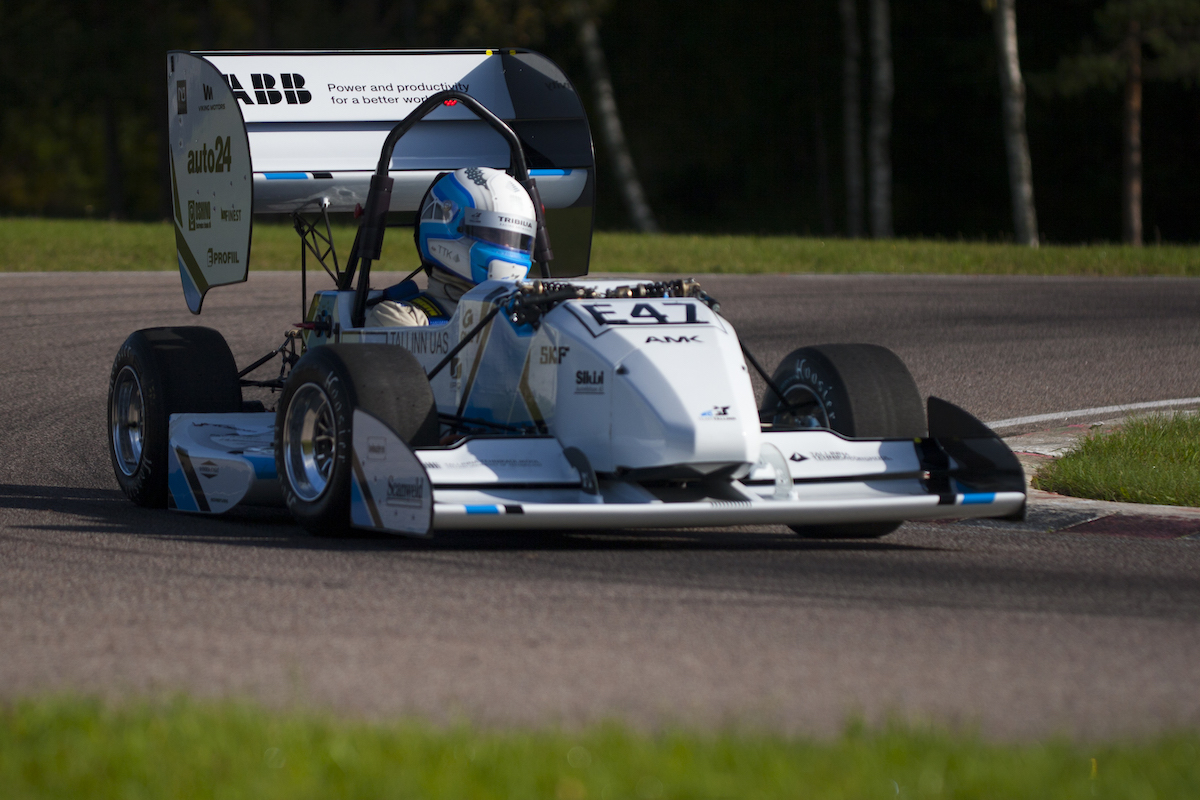
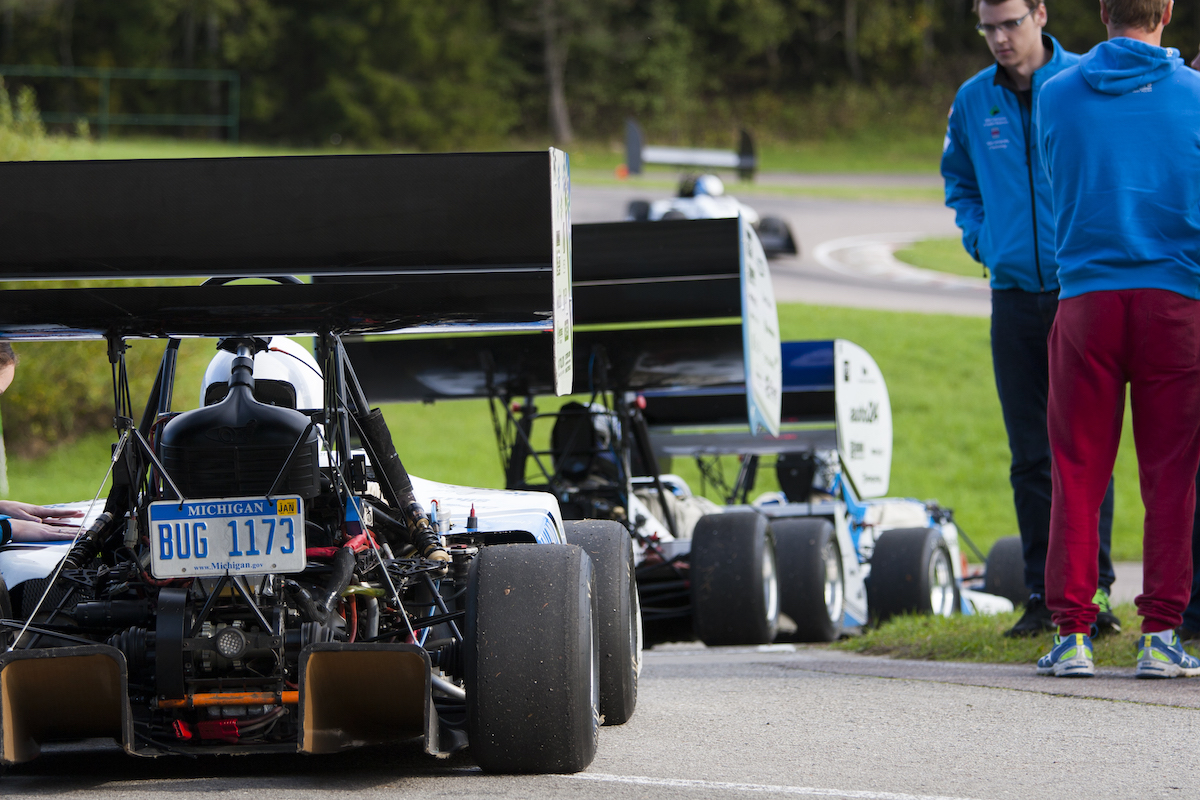
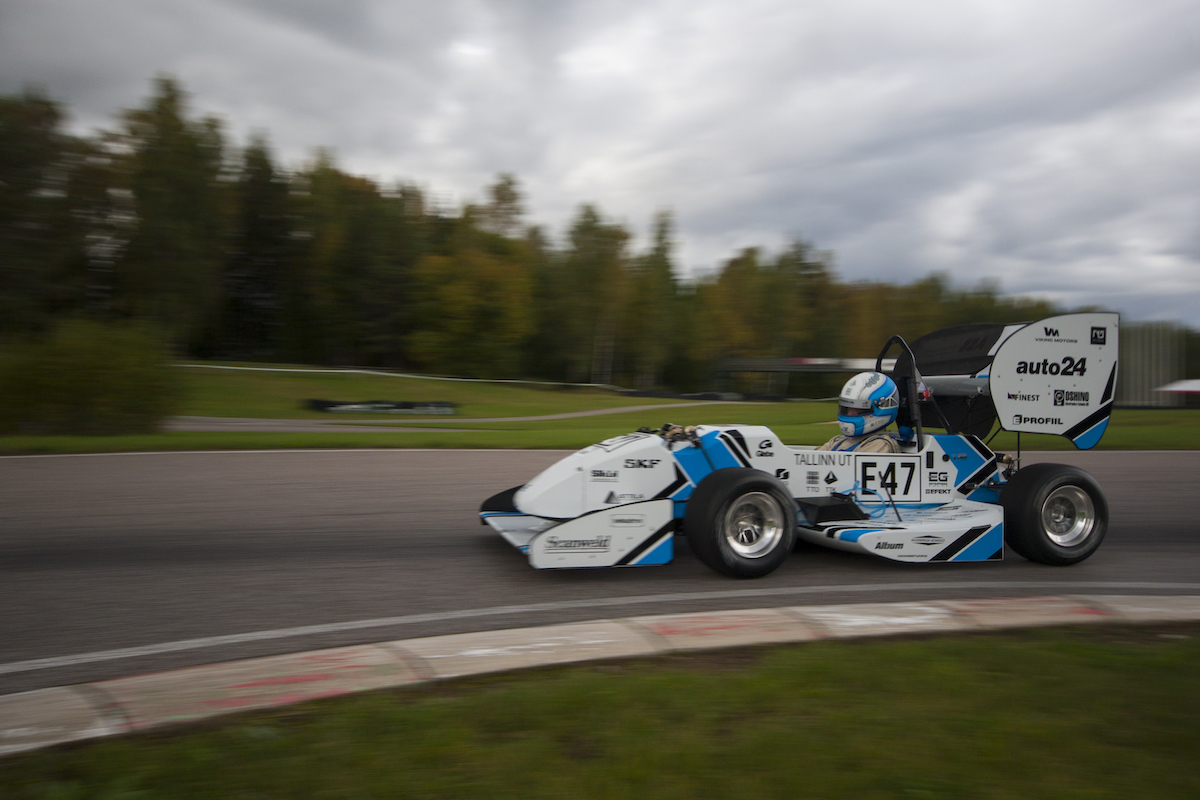
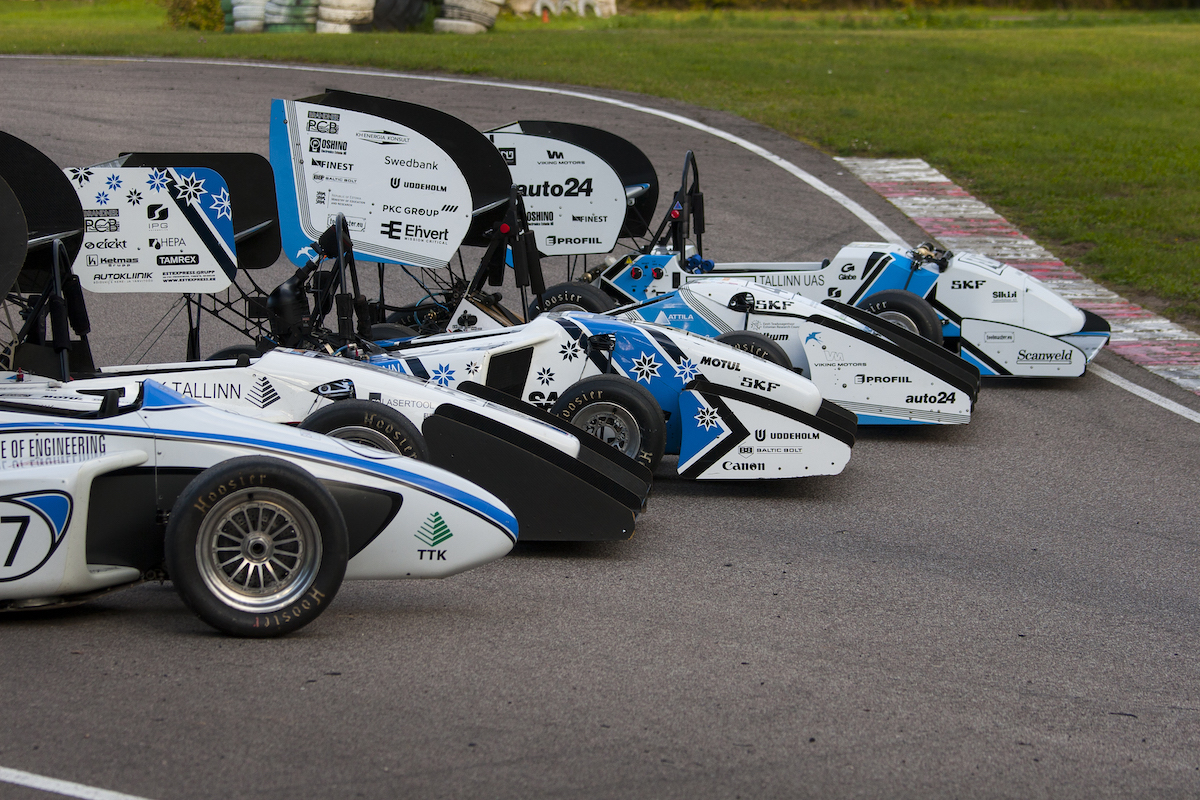
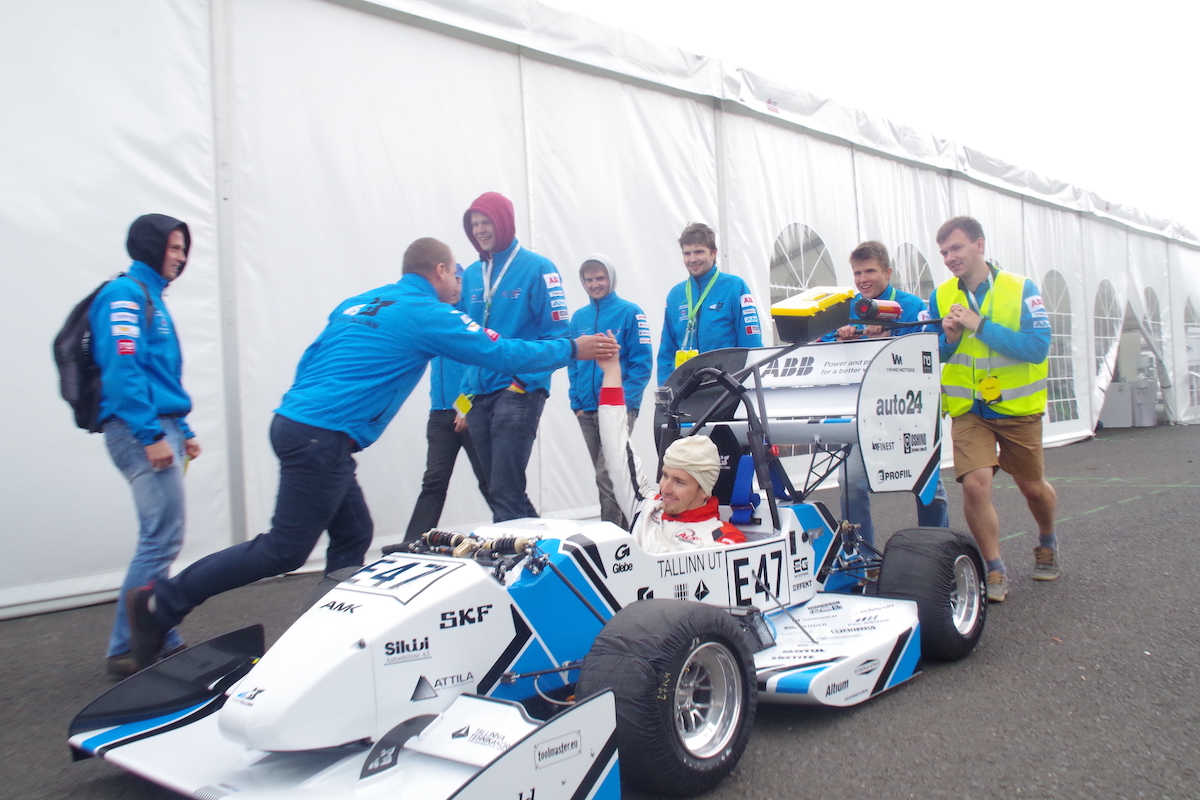
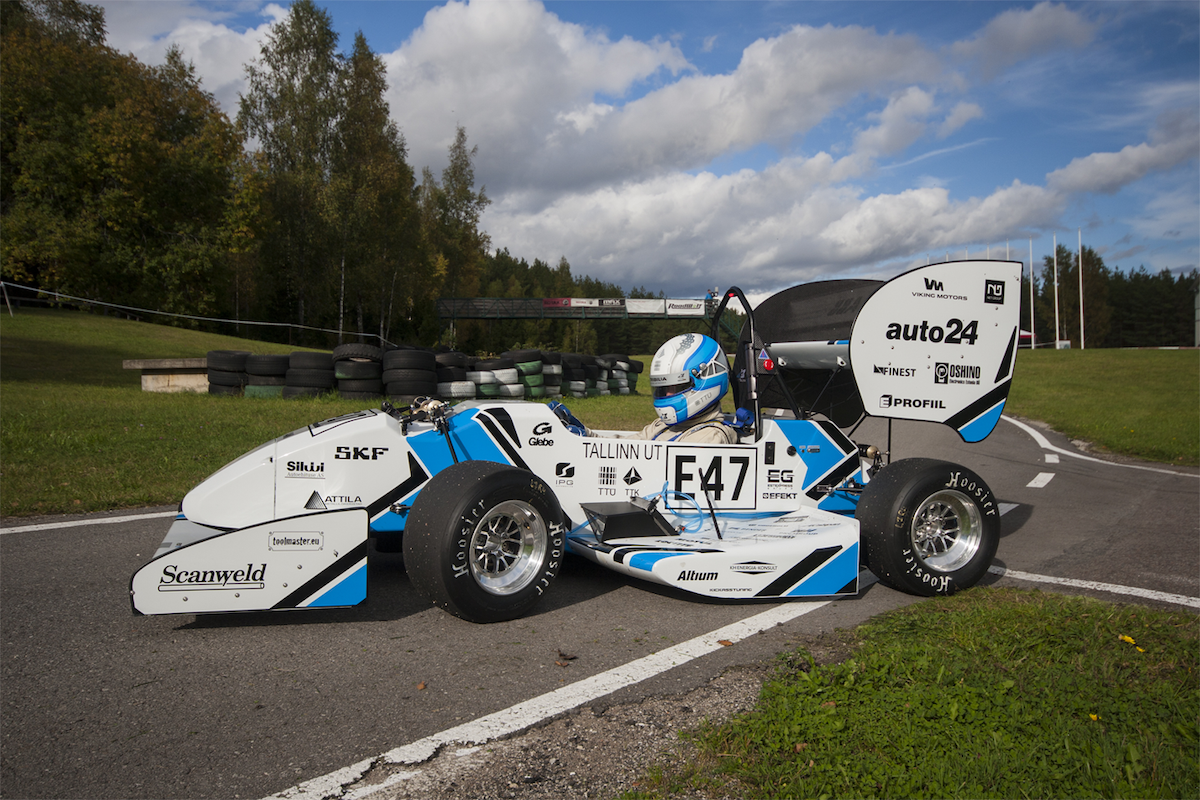
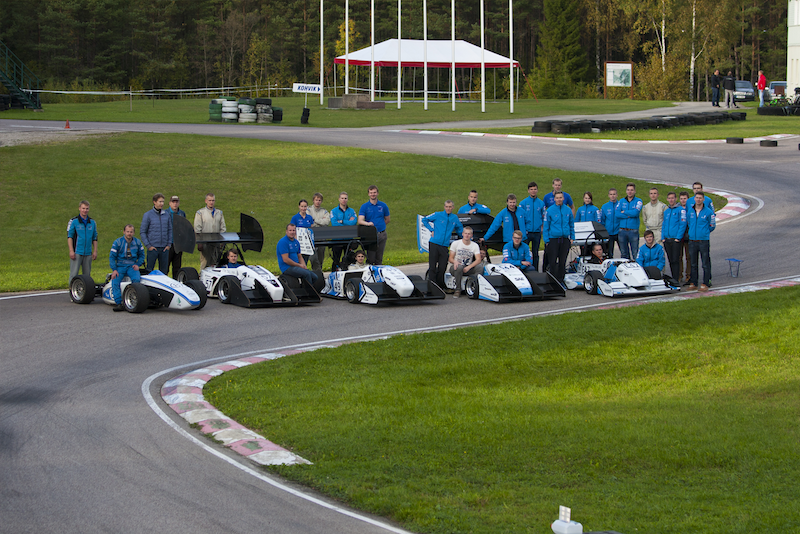
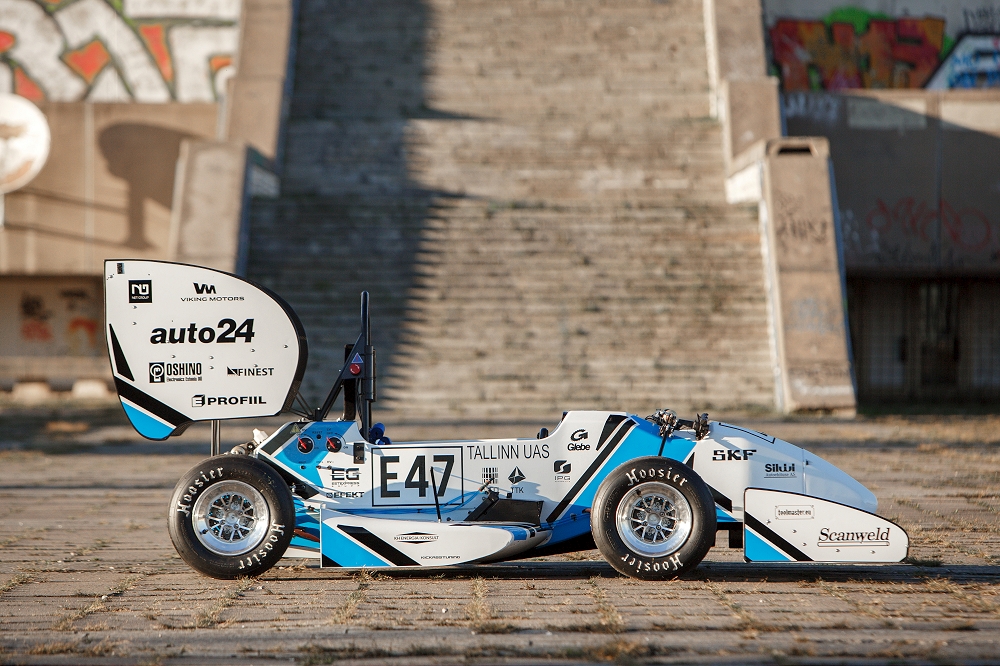
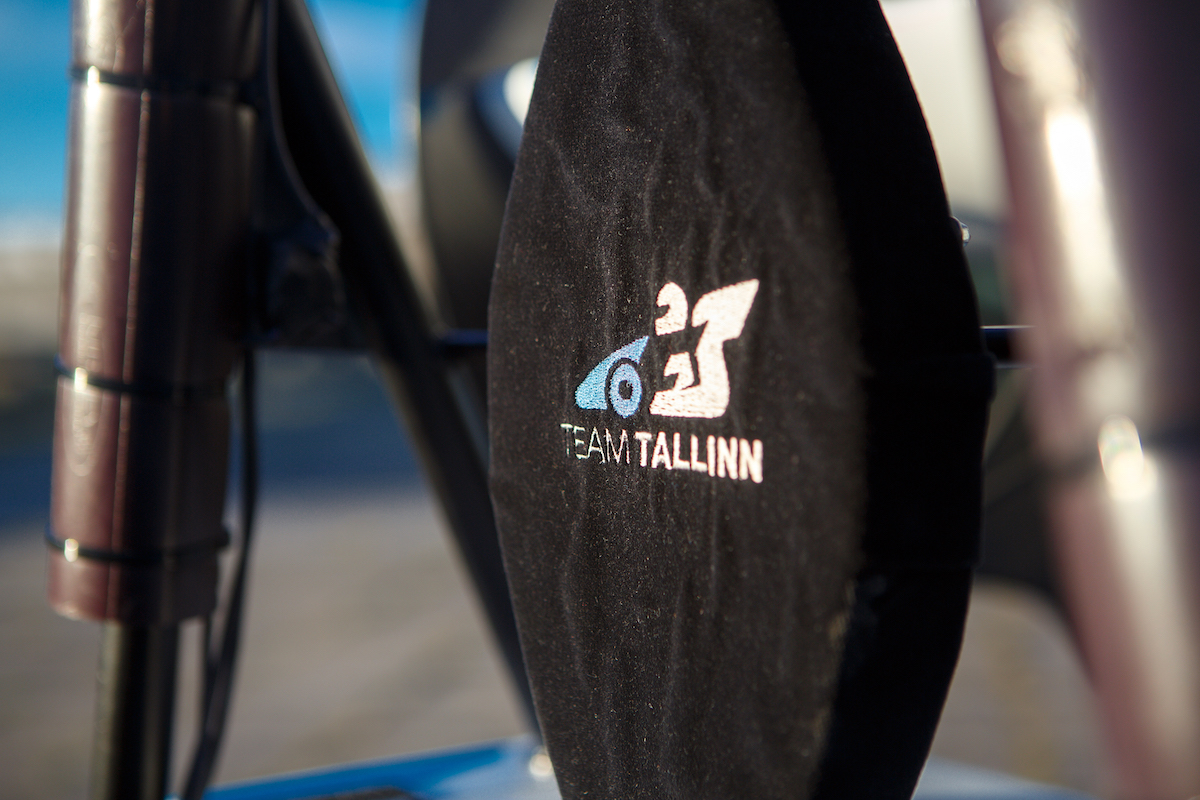
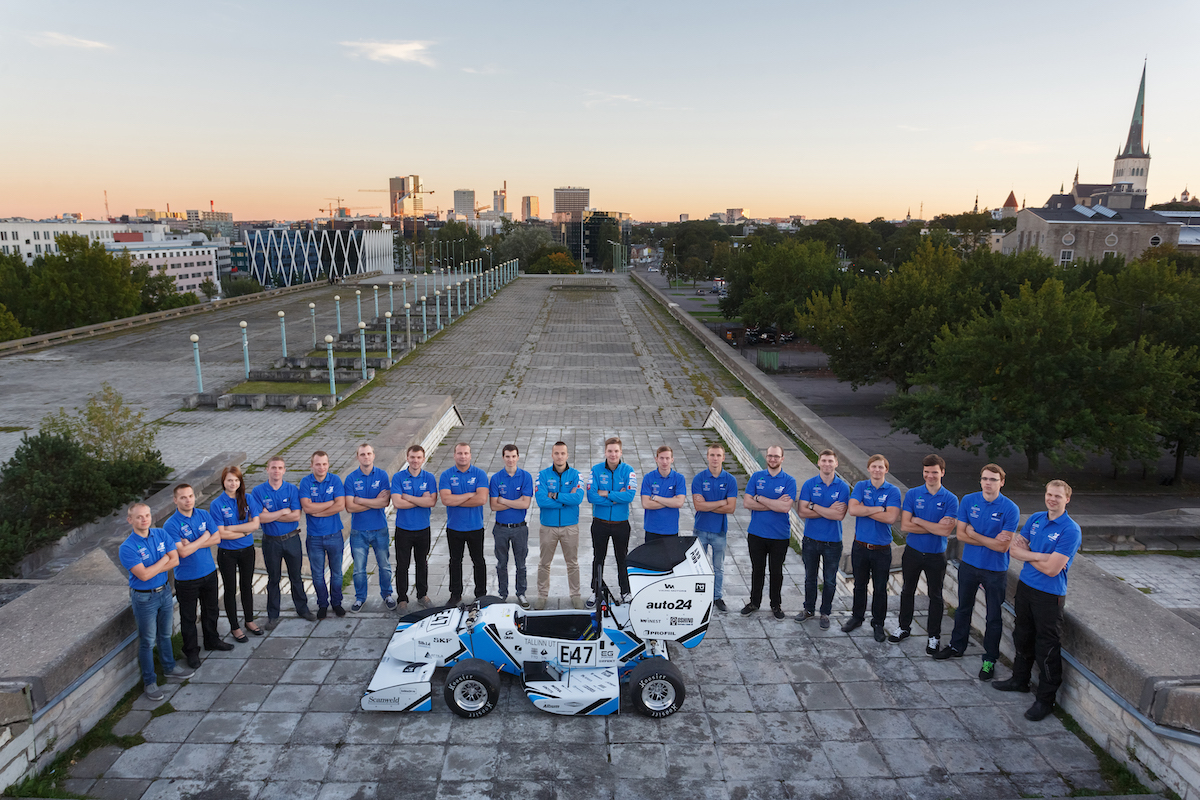










Management
Team Captain
Sander Tomson
Team Supervisor
Ardo Kõiv
Meet the Teams
- Composites
- Suspension
- Electronics
- Admin
Joonas Eamets
FEST13/14/15
Taavi Pärtin
FEST13/14/15
Marek Lentsius
FEST14/15
Sander Viitak
FEST15
Erko Hermann
FEST15
Tõnis Väli
FEST11/12/13
Siim Hiieväin
FEST13
Allar Sats
FEST12/13
Arno Jürisson
FEST13
Aavo Talvar
Raiko Annask
FEST13
Kristen Miller
Arno Jürisson
FEST13
Siim Nõmme
FEST10/11/12/13
Sander Tomson
Siim Jürgenstein
FEST13
Sander Parts
Koit Kaupmees
Sander Suursalu
FEST12/13
Markus Põlder
Kristjan Jansons
Siim Jürgenstein
FEST13
Kaarel Mäesalu
FEST12/13
Joonas Karu
FEST12/13
Aleksandr Stennikov
Siim Heering
Kermo Basov
Mario Stepanov
Toomas Piirsoo
FEST13
Stiven Vesi
Welix Klaas
FEST11/12/13
Laure Oras
FEST12/13
Geili Pais
Teet Praks
FEST12/13
Sander Parts
Siim Nõmme
FEST10/11/12/13
Rainer Lepik
FEST12/13
Siim Hiieväli
FEST13